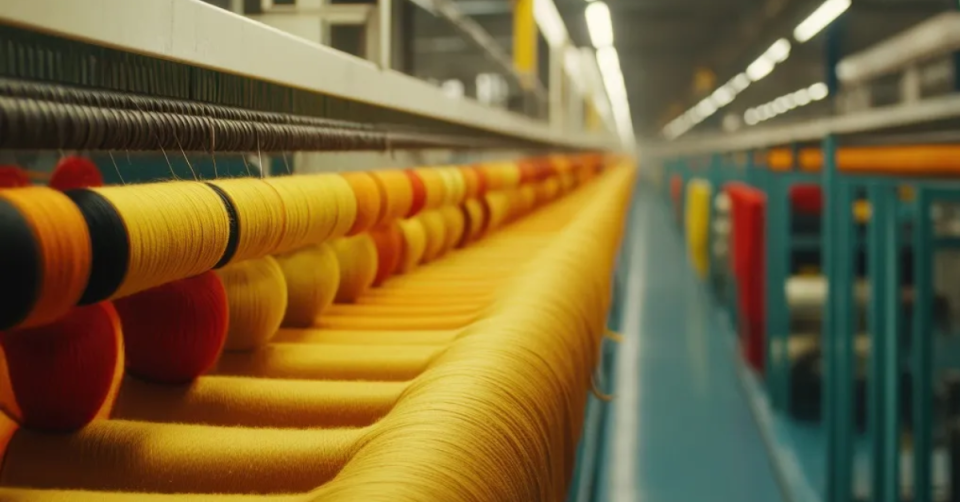The textile industry in Gujarat and Maharashtra—India’s two leading textile manufacturing states—is currently grappling with a serious labour shortage that is significantly affecting production output.
Key industrial hubs such as Surat, Ahmedabad, Bhiwandi, and Ichalkaranji have reported reduced operational capacity, with several units functioning at only 50 to 60 percent of their usual strength. The shortage is particularly severe in sectors like spinning, dyeing, weaving, and garmenting, which are heavily dependent on semi-skilled and skilled migrant labor.
A primary cause behind this labor crunch is seasonal migration. Every year, a large portion of the textile workforce—especially migrant workers from states like Uttar Pradesh, Bihar, Odisha, and Jharkhand—travel back to their hometowns during the summer months. This migration is driven by agricultural duties, family commitments, festivals, or extreme heat conditions in urban industrial centers. However, this year, factory owners say the exodus has been unusually high and prolonged, making it difficult to maintain production schedules.
In addition to seasonal factors, rising inflation and the increasing cost of living have led workers to demand higher wages. Unfortunately, many textile units, especially small and medium enterprises (SMEs), are already under pressure due to elevated input costs including cotton, dyes, chemicals, electricity, and logistics. As a result, they are unable to meet these wage demands. Consequently, many workers are shifting to other sectors such as construction, e-commerce delivery, or urban infrastructure projects, where they can earn better pay and often enjoy more stable work environments.
The impact of the labor shortage is now being felt across both domestic and international supply chains. Several exporters from Gujarat and Maharashtra have reported delays in fulfilling orders, particularly for time-sensitive shipments headed to the U.S. and European markets. Industry leaders fear that continued disruptions could lead to the loss of long-term buyers, especially in an already competitive global environment where countries like Bangladesh, Vietnam, and Turkey are gaining ground due to more stable production conditions.
To address the crisis, textile associations and business chambers are urging the government to take proactive steps. Suggested measures include offering subsidized rental housing for migrant workers near industrial clusters, improving transportation facilities, and launching skill development and worker retention programs. Some stakeholders are also calling for labor reforms and better social security coverage to improve working conditions in the textile sector.
If not resolved swiftly, the labor crunch could threaten the sustainability of one of India’s most employment-intensive industries. The textile and apparel sector contributes around 2.3% to the national GDP and employs over 45 million people directly. Ensuring workforce stability in key textile hubs is therefore not just critical for the industry’s growth, but also for India’s broader economic resilience.

